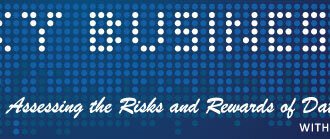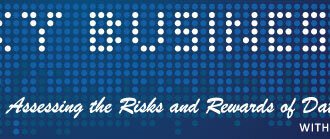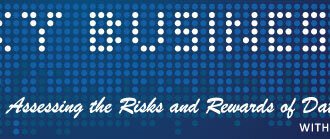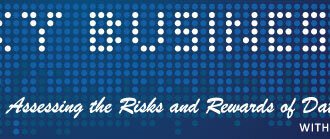

It’s highly possible that in your next business meeting, you may have data; you may have a solid analysis and even your best recommendations based on a given set of facts, and still lose out to a competing presentation littered with personal anecdotes. That’s because while business cultures like to profess “In God we trust; all others must bring data,” the reality is that human beings still like a gripping narrative, and emotional stories can sometimes override what seems like the best decision on paper.
Try this scenario on for size; as a marketing professional you must convince your CEO that your product needs a radical overhaul. You have tabulated numerical results from surveys; you’ve captured customer comments from online forums, and you’re ready to fire off with “fact” after “fact” to make your case.
Your opponent is the best sales person in the company. While you present to the CEO and make your case, “Fred” sits there with amusement—not only because he doesn’t support your premise, but also because he’s armed with powerful anecdotes. And when you’ve completed your “business case” chock full of facts and figures for a new product direction and approach, Fred calmly relates three personal customer stories on why your ideas will never work. And then adds; “All the other sales reps in this company feel the same way.” Question: which argument do you think the CEO adopts?
If you’re honest, you’ll admit that the art of storytelling “wins” over “the facts” in most business cultures. One reason for this is that we’re often inclined to believe the personal anecdote over data. Mathematics professor John Allen Paulos says; “In listening to stories we tend to suspend disbelief in order to be entertained, whereas in evaluating statistics we generally have an opposite belief in order to not be beguiled.” It’s as if we turn our brains “on” for a story, and “off” when numbers come up on the screen.
The second reason is that facts and figures tend to be abstract, whereas the personal anecdote seems “more real”. Take for instance Lucy Kellaway’s Financial Times column on Ryanair. This airline describes itself as “cheapo air”. To keep costs down, Ryanair invests more in infrastructure and operations than customer service. Surely, Ryanair’s CEO has more online chatter, tweets, and phone calls than he’d care to collect, read or listen to. Ryanair is swimming in data.
However, Lucy Kellaway relates that Ryanair’s CEO recently did an about face on some of his most notorious airline policies. Why? Because he was tired of being accosted by angry customers when he dined out. While the online Twitterati complained, it was the personal and often angry anecdote—delivered in person—that caused this particular CEO to change his mind.
So it appears that the best strategy to make your next business case is a powerful narrative (go Malcolm Gladwell if you’re able), supported by a statistical underpinning where appropriate. Simply presenting numbers, for numbers sake, will only cause glassy eyes and blank stares from those you are trying to persuade. Keep in mind that while it’s tempting to believe that we “must bring the data” and lots of it in order to persuade, sometimes it’s the personal anecdote/s that end up making the final sale.











